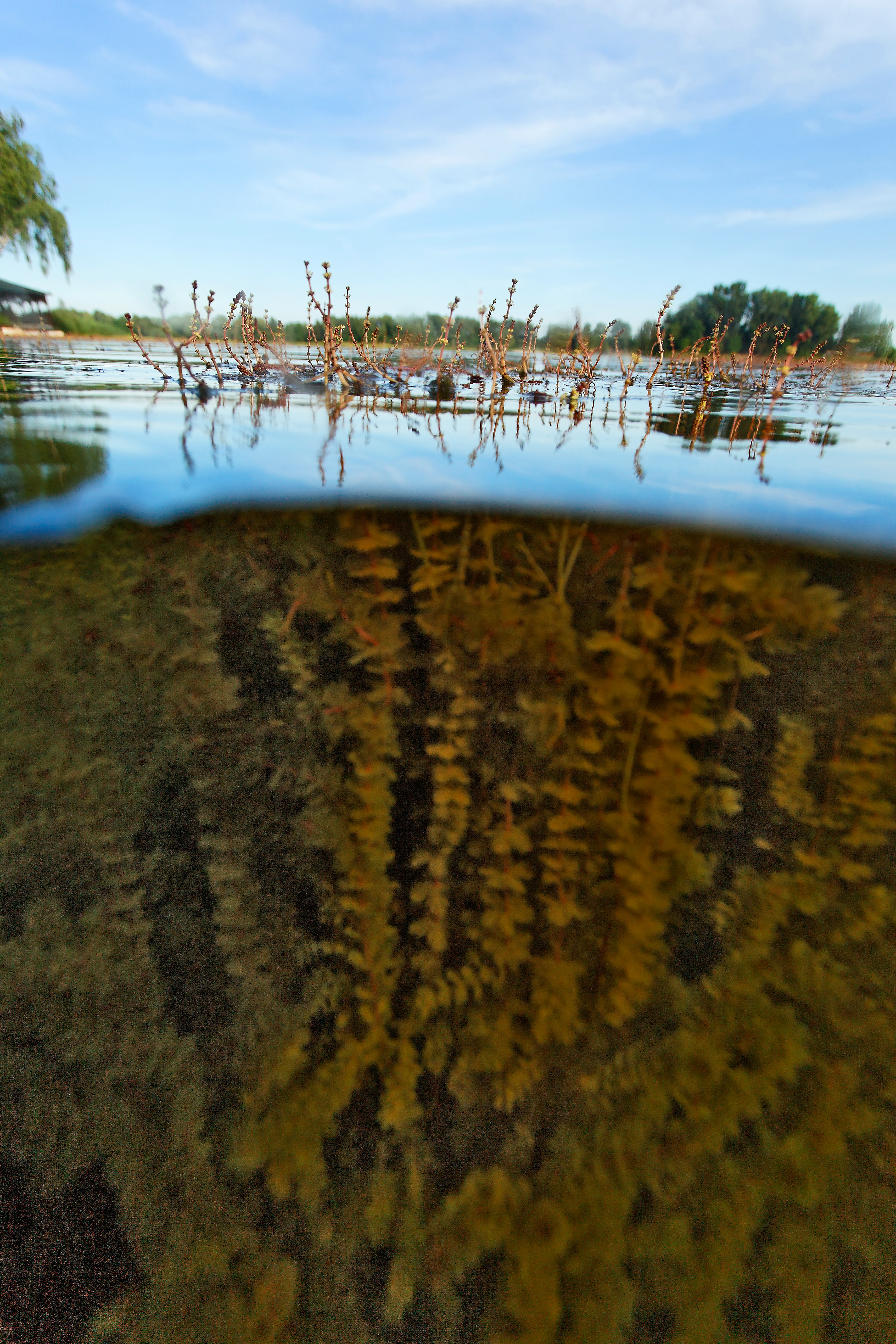
There are many reasons the USDA Forest Service conserves open space. It allows us to deliver clean water, provide space for recreation activities and maintain wildlife habitat for a variety of creatures – most notably the North American Sasquatch.
While most people believe this Ape Man to be a thing of folklore and urban legend, researcher Thaddeus Guttenberg, with the U.S. Forest Service Mythical Wildlife Division, recently confirmed that Bigfoot is as real as he is.
“We’ve been keeping its existence under wraps for years to protect its privacy,” said Guttenberg. “But because the country is losing more and more open space each day, we wanted to make it known that the habitat to one of America’s greatest legends may be at risk.”
Most people only know Bigfoot from the 1987 family classic, Harry and the Hendersons, and his recent work appearing in more than 40 beef jerky commercials. But what most people don’t know is that wasn’t just a guy in a suit – it was the actual hominid-like creature. But despite his brushes with Hollywood fame, the tall, dark and hairy creature has remained elusive.
Throughout the years he has been spotted more than 400 times just in and around California. Since reports of his actual existence were confirmed by the Forest Service, many recreationists have spotted the ape-like creature.
The first sighting March 26 at 7:31 a.m. was by a group of teenage hikers in the Cleveland National Forest in California. They captured several great photos of the beast … but like most evidence over the years … the images mysteriously vanished.
The second sighting was at the Okanogan-Wenatchee National Forest in Oregon March 31 at 10:31 p.m.
The anonymous eyewitness said that he was capturing fireflies with his two kids when he heard a loud rustling sound. Then he noticed a hairy figure step out of the trees. He frantically searched for his night vision binoculars and saw that it was no bear.
“That thing, Bigfoot or Sasquatch, whatever you want to call it, was huge and scary,” said the witness. “I always thought Bigfoot was a myth. Too bad I didn’t have my video camera.”
Not known to many, the Forest Service has invested in high-tech cameras that only report credible Bigfoot images and sounds.
So, the next time you’re viewing one of our “animal cams” streaming live on YouTube, pay close attention, because you may see a glimpse of the giant creature.
The last sighting this week (that we know of) was by a camper at the Gifford Pinchot National Forest in California near Mount St. Helens Ranger District April 1 at 8:31 a.m. The eyewitness was collecting wood for a campfire when she noticed a huge structure that was shaped like a nest.
“There were several limbs woven together creating some type of dome,” said Mary Contrary. “I didn’t know what it was until I saw a few very large footprints by the structure. That’s when I knew it was a Sasquatch.”
With the confirmed existence of Bigfoot, the Forest Service has put together a few outdoor and recreation safety tips:
Travel with a companion
Think about your footing while traveling
Wear appropriate clothing
Check your equipment
Learn basic first aid
Make camp before dark
Refrain from traveling with a Yeti, which is similar but also the natural enemy to the Sasquatch
Keep in mind that these tips are resourceful for any adventure you have at a National Forest, not just when you encounter a 9-ft tall Ape Man.
The part of the story that’s no joking matter:
An estimated 6,000 acres of open space are lost each day, a rate of 4 acres per minute. Looking ahead, the Forests on the Edge project estimates that 57 million acres of private forest lands could experience sizeable increases in housing density by 2030.
Public forests are also affected -- the National Forests on the Edge publication estimates that 21 million acres of private rural lands near national forests and grasslands will experience substantial housing density increases by 2030.





